
Simple methods of measuring engine, suspension, brakes and aerodynamic performance gains (SpeedPro Series)
Optimising Car Performance Modifications is a highly practical and useful book that covers brilliant techniques to take the guesswork out of performance modification.
Using just some low-cost tools, you can easily measure the flow restriction of your car’s intake and exhaust. It’s like having a huge flow-bench always available. By making some simple on-road measurements, you can plot the shape of the engine’s power and torque curves – no dyno needed. This allows you to not only see if performance modifications to the engine are improving power, but also see where in the rev range those changes are occurring. Assess the worth of cams, a larger turbo, changed boost control or altered engine management mapping.
But the book doesn’t stop there – it also shows you how to measure your car’s aerodynamics, seeing if at speed your car is developing lift or downforce. Want to make a rear wing work well? Test the angle at which downforce is greatest. You can also test the aerodynamic airflow through oil coolers, intercoolers and radiators.
Interested in improving your suspension? By using a low-cost app and a smartphone, you can accurately measure suspension behaviour.
If you want a practical, hands-on book that will immediately save you money, show where modifications are most needed, and can be used to assess performance outcomes, this is the book for you.
20988
20971
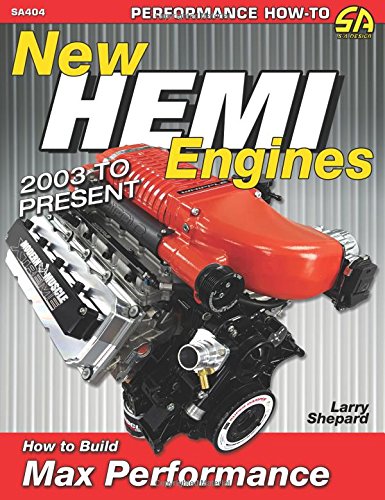
With this book, you can transform a New Hemi engine into an even more responsive and faster powerplant. You are able to build the engine that suits all your high-performance needs.
The New Hemi engine has an aggressive persona and outstanding performance. Powering the Challenger, Charger, Ram trucks, and other vehicles in the Chrysler lineup, this engine produces at least one horsepower per cubic inch. Unleashed in 2003, it has been offered in 5.7-, 6.1-, 6.2-, and now 6.4-liter displacements. With each successive engine introduction, Chrysler has extracted more performance. And with the launch of the Hellcat and Demon 6.2-liter supercharged engines, Chrysler built the highest horsepower production engines ever made, at 707 hp and 840 hp respectively.
This third-generation Hemi carries on a high-performance Chrysler tradition and is considered the most powerful and “buildable” new pushrod V-8 engine on the market today. Mopar engine expert and veteran author Larry Shepard reveals up-to-date modification techniques and products for achieving higher performance. Porting and modifying the stock Hemi heads as well as the best flow characteristics with high lift are revealed. In addition, guidance on aftermarket heads is provided.
A supercharger is one of the most cost-effective aftermarket add-ons, and the options and installation are comprehensively covered. Shepard guides you through the art and science of selecting a cam, so you find a cam that meets your airflow needs and performance goals. He details stock and forged crankshafts plus H- and I-beam connecting rods that support the targeted horsepower, so you can choose the best rotating assembly for your engine. In addition, intake manifold and fuel systems, ignition systems, exhaust systems, and more are covered.
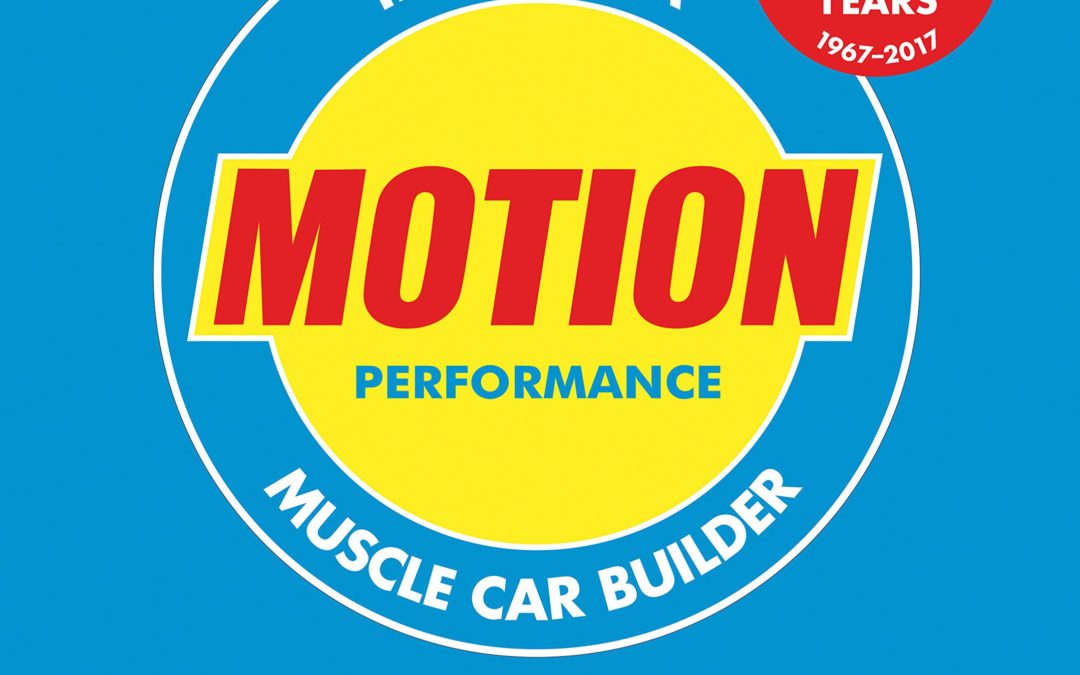
Motion Performance tells the inside story of how it all happened. Brilliantly illustrated with period pictures and modern color photos, the book takes readers along as Cobras, Chevrolets, Oldsmobiles, even Volkswagen Beetles roll into the shop to get torn down and rebuilt into cars unbeatable on the streets and drag strips.
Marty Schorr gives a first-hand account of seven years of high-performance life–and of how it all came to a screeching halt at the hands of the U.S. Department of Transportation and the Environmental Protection Agency. A once-in-a-lifetime tale of power and speed, told by one of the principals who put that performance within reach, Motion Performance makes the story of a briefly and thrillingly lived dream available to everyone.

Since the early days or racing, Chrysler, Dodge, and Plymouth have dominated drag strips and race tracks. During 1955 alone, Chrysler 300s won 37 major stock car races and clinched both the NASCAR and AAA stock car championships.
Although the impressive engine options of 1950s consistently out-performed the competition, they were a mere opening act for the extremes of performance that would be unleashed throughout the 1960s–the golden era of drag racing and factory super-performance cars.
Maximum Performance: Mopar Super Stock Drag Racing 1962-1969 details Chrysler’s amazing dominance in this era. Its drivers were among drag racing’s first paid professional racers, and this book covers the complete story of Mopar drag racing accompanied by historical imagery as well as contemporary photos. This is the real story behind Super Stock and Factory Experimental drag racing as told the people who lived it!
20419
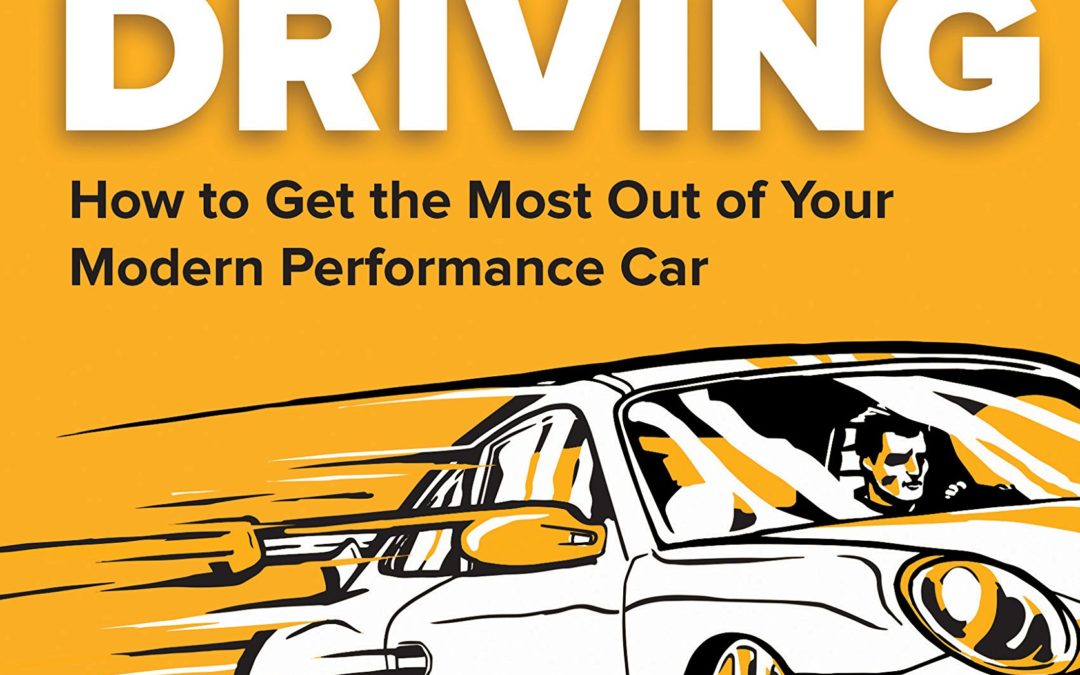
How to Get the Most Out of Your Modern Performance Car (Speed Secrets)
In Speed Secrets: The Lost Art of High-Performance Driving, Ross Bentley explains in plain language how you can train yourself to become a true performance driver.
With the promise of autonomous vehicles in our near future, and current cars equipped with “driver aides,” it’s not hard to feel like the art (and science) of performance driving has been all but lost. Don’t lose hope! For every device designed to take the act of driving out of your hands, the desire to actively participate in driving a car becomes even stronger for driving enthusiasts.
In Speed Secrets: The Lost Art of High-Performance Driving, you will learn exactly how to become an even better performance-oriented driver; whether it’s to enjoy a twisty mountain highway, to take that secret back-road route to work, or even participate in a track day on a racing circuit.
From how to best use your car’s controls, to cornering, to dealing with adverse driving conditions, The Lost Art of High-Performance Driving will make you a better performance driver. Along the way, you’ll learn what ABS, traction and stability control, self-braking systems, and semi-automatic transmissions do, and how best to incorporate them into your driving.
This is the true guide to speed, and it will help you understand your car more intimately than ever. Most importantly, it will fuel your passion for driving!
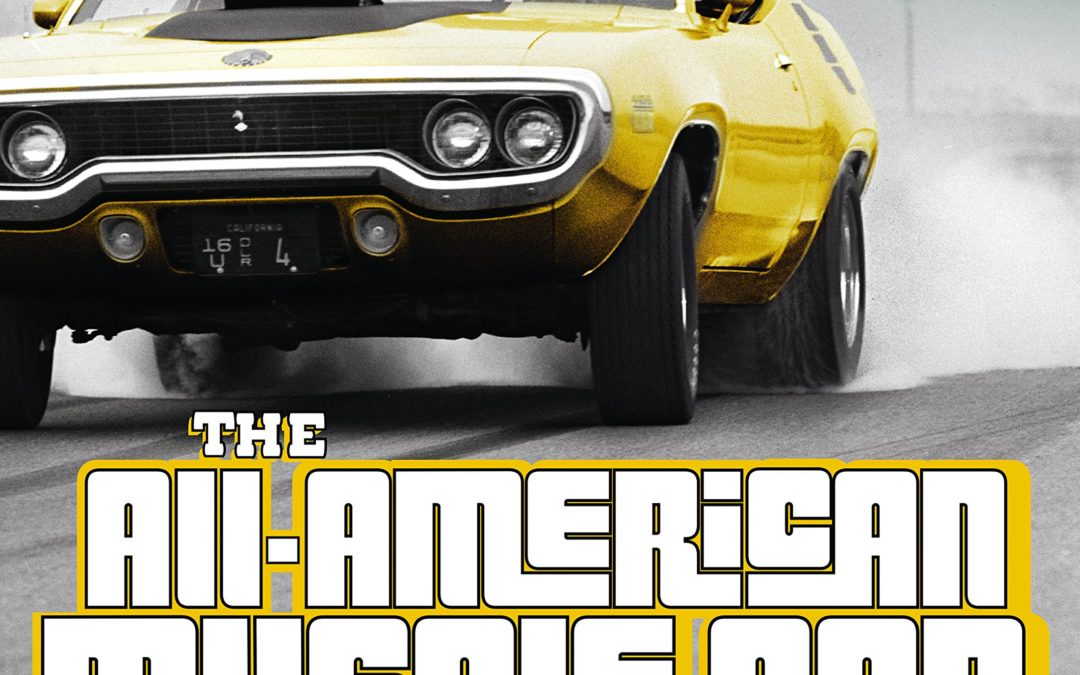
When John Z. DeLorean and his cadre of enthusiastic rule benders took it upon themselves to bolt Pontiac’s hottest engine into a mid-sized Tempest, disobeying orders from the top of General Motors food chain, they created something that should not have been, and will never be again: the muscle car. The resulting GTO spearheaded a new breed of performance car aimed at a new breed of buyer: the baby boom generation, tens of millions of young customers entering the market each year.
The All-American Muscle Car: The Rise, Fall and Resurrection of Detroit’s Greatest Performance Cars tells the story of these brutal performance machines through the words of muscle-car icons like Jim Wangers, the man who marketed DeLorean’s thuggish invention, Joe Oldham, a legendary automotive journalist who tested these cars when they first came off the production line, often via illegal street racing, and classic-car broker Colin Comer, who has been instrumental in restoring some of the most iconic (and valuable) muscle cars.
Top muscle car experts like Randy Leffingwell and David Newhardt tell other facets of the muscle-car story, like the pony-car wars between the Mustang, Camaro, ‘Cuda, and Challenger; the ultra-high performance dealer specials; and the rebirth of the modern muscle car. All told, this book provides the ultimate hands-on history of these most American of cars.
Soft Cover
14523

Muscle cars are loud, proud, and in your face, with no other pretensions than to be just that. They may be simple, even crude, but for roaring, pumping, tire-smoking standing starts, they are the business.
Muscle cars are a quintessentially North American phenomenon, owing their outrageous existence to a very simple formula. Take a mid-sized American sedan, nothing too complicated, upmarket, or fancy, then add the biggest, raunchiest V8 that it is possible to squeeze under the hood, and there it is!
Pontiac was first, with the legendary GTO, then Ford invented a new class of car with the the pony car, the Mustang, then every other American manufacturer got in on the act, producing the legendary Hemi, Camaro, Firebird and Trans-Am, among many others. This book covers them all, as well as all the excitement of Trans-Am/NASCAR racing. Muscle cars are loud, proud and in your face, with no other pretensions than to be just that. They may be simple, even crude, but for roaring, pumping, tire-smoking standing starts, they are the business. To the youth culture of America, raised on drag racing, red-light street racing and hot-rodding, they are irresistible. The late 1960s was the heyday of the muscle car, before soaring accident rates and insurance premiums, tougher safety and emissions legislation, and finally an oil crisis, made excessive horsepower seem irresponsible. For a while, muscle cars faded from the scene, but in the 1980s they were beginning to creep back into favor, building to a full-blooded revival in the 1990s. They may be a little more efficient today, certainly more high-tech, but muscle cars are definitely back with a vengeance!

The famous 4-cylinder A-Series engine was used in most Austin/Morris/Rover models including Mini, Metro, 1300, Allegro, MG Midget, Austin-Healey Sprite, Maestro and Marina for over 40 years.This is THE complete practical guide to modifying the 1275cc A-Series engine for high-performance with reliability, and without wasting money on parts or modifications that don’t work.
Explains how many original components – sometimes modified – can be used in high-performance applications.
Des Hammill is an engineer and a professional race engine builder. Includes expert building tips and techniques.

Relive the first one hundred years of Germany’s best two- and four-wheeled rides.
Established in 1916, BMW is one of the auto and motorcycle industry’s oldest and most-respected car and motorcycle manufacturers. Over the past century, the company went through myriad developments. The BMW Century chronicles this remarkable transportation company through images of the cars and motorcycles it manufactured, from the 1923 R32 motorcycle to sleek electric cars of today. This handsome volume is filled with images, history, and in-depth looks at the incredible machines BMW created year after year.
The BMW Century showcases how the company’s new visionary team systematically rebuilt BMW in the post-World War II years into the spectacular success we know today – that is, a company with sales projected to be upwards of two million cars annually by 2016, led by its 3-series, the best-selling luxury-performance car in the world.
BMW’s motorcycle division is no less legendary. It began with the 1923 avant-garde R32, which featured a 180-degree, horizontally opposed twin, the engine configuration that would become BMW’s hallmark. Along the way, BMW would use that configuration to power groundbreaking machines like the R90S, R100RS, and R80GS. Beginning in 1983, they would add three- and four-cylinder machines to their offerings, culminating in today’s spectacular S1000RR sport bike.
From the pre-war motorcycles to the iconic R-series twins of the 1970s and 80s to the mighty M-series cars and superbikes of today, The BMW Century offers a full review of German engineering at its finest. The book is illustrated with hundreds of historic, contemporary, and racing photographs – many sourced from BMW’s archives – and detailed text relating the BMW’s full history. This is the one volume no BMW aficionado can be without.

SOLD OUT
The legendary 1967 Camaro was Chevy’s answer to Ford’s Mustang, and they’ve been duking it out ever since.
The early 1960s saw American auto manufacturers desperately trying to sell cars to the emerging baby-boom market. Chevrolet attained some success with its sporty Corvair Monza. Ford responded first with a sportier Falcon, then with its grand-slam, home-run pony car, the Mustang. At first, Chevrolet hesitated to abandon the technologically advanced Corvair, but when it finally entered the pony car market in 1967, its new Camaro instantly became one of the most iconic cars of the classic muscle-car era, a serious competitor for the Mustang. Since then, some of the most important performance cars in American history have been Camaro models: RS, SS, Z28, and IROC-Z.
When muscle cars went dormant for a generation, it was once again the classic pony cars that jump-started American performance. The battle that raged between Camaro and Mustang in the 1980s rejuvenated the US auto industry’s interest in high-performance muscle cars.
The Camaro lost its way in the 1990s, with Chevrolet pursuing technological advances and Ford pursuing classic American muscle. As was the case in the 1960s, Ford’s muscular pony car trounced Chevrolet’s technologically advanced sporty car in the race that mattered most: showroom sales. The Mustang thrived while the Camaro left the scene. Fortunately, that departure was only temporary. Chevrolet introduced a twenty-first-century Camaro in 2010, and it has become one of Chevrolet’s most popular models.
With stunning photography from author Mike Mueller and never-before-seen archival photography from partner General Motors, Camaro: Fifty Years of Chevy Performance chronicles the Camaro’s rich history, from the early attempts to reach the youth market in the 1960s, through the potent and turbulent years of the classic muscle-car era, the resurgence of muscle in the 1980s, the sad decline of the 1990s, and the triumphant rebirth of the new car in this new millennium.

Realize your Ford Coyote engine’s full potential by using this detailed resource as a guide to select the right parts for the street or the strip.
Veteran Ford writer and historian, Jim Smart, explains and highlights all of the latest and greatest options to achieve more horsepower and torque, and of course, faster quarter-mile times in Ford Coyote Engines: How to Build Max Performance.
Some upgrades included are engine building techniques, cold-air induction kits, supercharger and pulley kits, better exhaust headers, fuel system and ECU tuning upgrades, and more. Both Ford and the aftermarket have produced an array of parts to squeeze even more power out of your Coyote.
Ford introduced its first clean slate design V-8 engines in the early 1990s in Ford, Lincoln, and Mercury models. Known as the “Modular” engine family, the 4.6L engines employed new overhead cams, multi-valve performance, distributorless ignition, and more. This engine had new technology for its time, and it proved to be an extremely durable workhorse that logged hundreds of thousands of miles in police and taxi applications as well as light-duty trucks. And, of course, hotter versions, and even supercharged versions, found their way into performance applications such as Mustang GTs and Cobras.
By 2011, Ford wanted something hotter and more current, especially for its flagship Mustang GT and GT350 models, which were suddenly competing with new 6.2L LS3 engines in Camaros and 6.4L Hemi engines in Challengers. Enter Ford’s new 5.0L Coyote engine with Twin Independent Variable Cam Timing (Ti-VCT); it was an evolution of the earlier 4.6L and 5.4L Modular designs. Although the new Coyote engine had increased displacement, it still had far fewer cubes than the competition. Despite less displacement, the Coyote could hold its own against bigger Chevy and Chrysler mills thanks to advanced technology, such as 4V heads with better port and valvetrain geometry. The Coyote is also Ford’s first foray into technology that includes Ti-VCT and cam-torque-actuated (CTA) function, which is a fancy way of saying variable cam timing for an incredible power curve over a broader RPM range.
Even with all of this new technology, there is always room for improvement. If you are looking for even more power from your new Coyote, look no further than this volume.

Since its introduction in 1955, the Chevrolet small-block V-8 has been one of America’s most popular, powerful, and desirable engines. Small-blocks have powered everything from Corvettes and hot rods to family sedans, stock cars, drag racers, Trans-Am cars, and racing boats. It remains the leading performance engine of choice and today generates as much as 450 horsepower in Corvettes. Chevy Small-Block V-8 50 Years of High Performance traces the long, rich history of this milestone powerplant. The detailed chronological record is complemented by sidebars that spotlight the engineers who created the engine and cover its place in pop culture, racing, and important cars. All of Chevrolet’s premier, small-block-powered vehicles are featured, including Tri-Chevys (’55, ’56, ’57), Corvette, Camaro, Chevelle, Impala, pickups, and more.
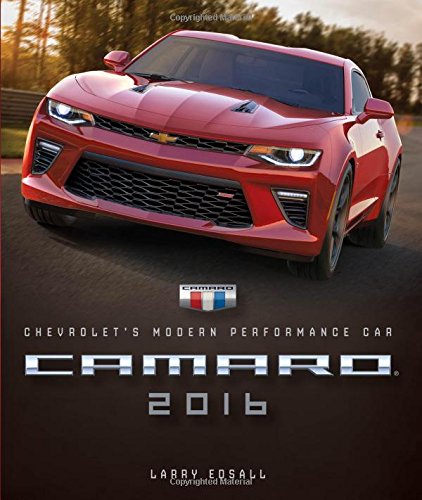
Showcasing exclusive interviews and more than 300 behind-the-scenes photos, Camaro 2016 tells the inside story of this iconic muscle car.
It’s the pony-car showdown: the Ford Mustang versus the Chevy Camaro. Both manufacturers share the same goal-create the ultimate American muscle car.
General Motors was caught off guard when Ford unveiled the first pony car in 1964. GM took the fight to Dearborn in 1967 with the introduction of its Chevrolet Camaro, and for the next 35 years, Mustang and Camaro waged an intense battle for gearheads’ hearts and wallets. Chevrolet re-introduced the Camaro for the 2010 model year, and its appealing retro-influenced body style allowed it to frequently outsell its Ford competitor.
For Camaro fans, there is no greater source of speculation and excitement than the pending introduction of a new-generation Camaro. In anticipation of the Camaro’s 50th anniversary, GM has prepared a significantly revised, sixth-generation car to take on Ford’s latest 2015 Mustang. Featuring revised bodywork, a new chassis platform, expanded and new driveline options, and a reworked interior, the new Camaro raises the bar and again puts Mustang on the defensive.
Camaro 2016 tells the complete story of the new sixth-generation Camaro, available just in time to celebrate the model’s 50th anniversary. Featuring exclusive interviews with engineers, designers, and other Camaro team members, as well as more than 300 behind-the-scenes photographs, this book offers readers an intimate Camaro experience–putting them behind the wheel of the latest edition of one of America’s greatest muscle cars.
The gears are always shifting, and Camaro 2016 tracks the entire journey.
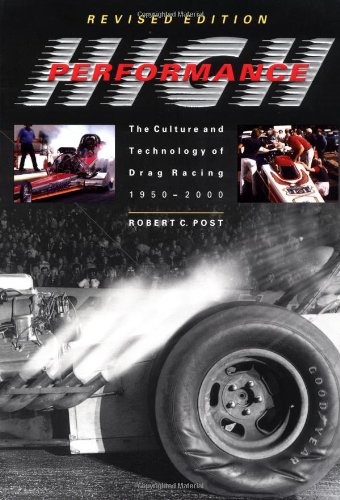
SOLD OUT
High Performance is a dramatic, firsthand history of this daring sport, from the earliest “legal” drags run on rural airfields to the spectacular — and sometimes tragic — careers of drag racing’s most daring innovators. Post, a former racer himself, was an eyewitness to many of the episodes he describes. He has interviewed many of drag racing’s legends and superstars, such as “Pappy” Hart, who opened the first commercial strip in Santa Ana, California, in 1950, and Florida’s “Big Daddy” Don Garlits, the first person to define himself as a professional drag racer.
Post looks at all aspects of drag racing: the sport, the business, the means of personal affirmation. But most of all he explores it as a case study of technological enthusiasm, tracking the innovations that permitted racers to disprove on pavement the “laws of physics” authorities had laid out on paper. What emerges is a compelling look at the men and women who have devoted their lives to this extraordinary pursuit. In this revised edition, Post continues the story into the present, surveying the dynamics of the sport during the past decade.
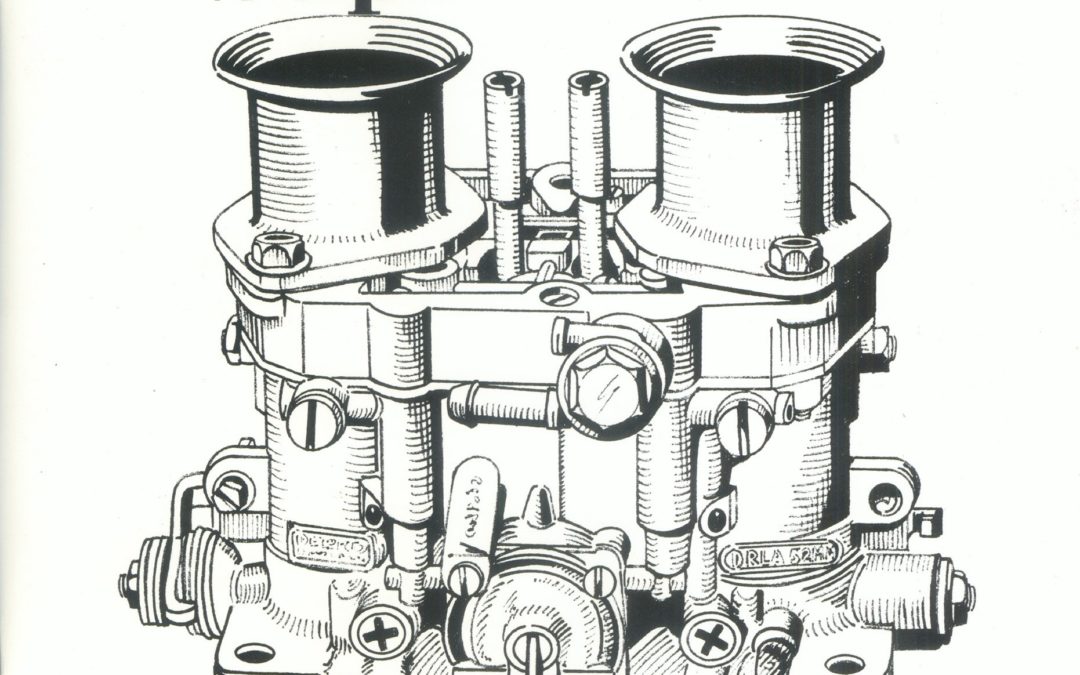
SOLD OUT AWAITING PUBLISHER RE-PRINT/UPDATE
The only up-to-date accurate guide for selecting, installing, and fine tuning Dellorto Carburetors. Super hints to help your VW run with added power.
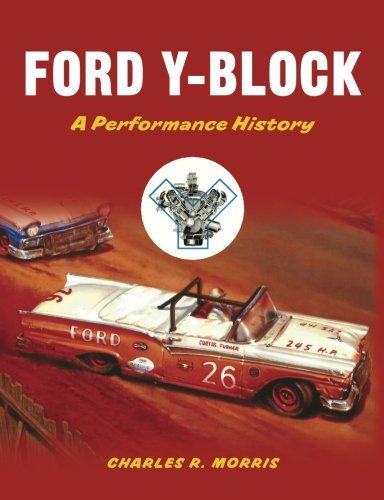
Here is a true accounting of the many racing accomplishments of one of the most maligned engine series ever to roll out of Detroit. The Y-Block Ford V-8, an engine that provided Ford with racing victories unrivaled by any another auto manufacturer of the time, became a victim of the internal and external politics of the auto industry and the bias of the automotive media. This book will document the wins recorded and records set by Y-Block-powered vehicles on the Salt Flats of Bonneville, on NASCAR and USAC stock car tracks, the lofty heights of Pike’s Peak, and on drag strips and bullring dirt tracks from coast to coast. Ford Y Block: A Performance History is packed with previously unpublished photos and personal accounts from those who actually made the history. Long-time Ford fanatic Charlie Morris delivers the ultimate vindication of this sturdy, historic performing engine series as reflected in the current trend towards nostalgic styles of racing. A renewed interest in the Y-Block has fostered the development of modern aftermarket speed equipment. This has led to heretofore unheard of horsepower numbers and performances that have returned the Y-Block to the winner’s circle more than six decades after its debut.


















